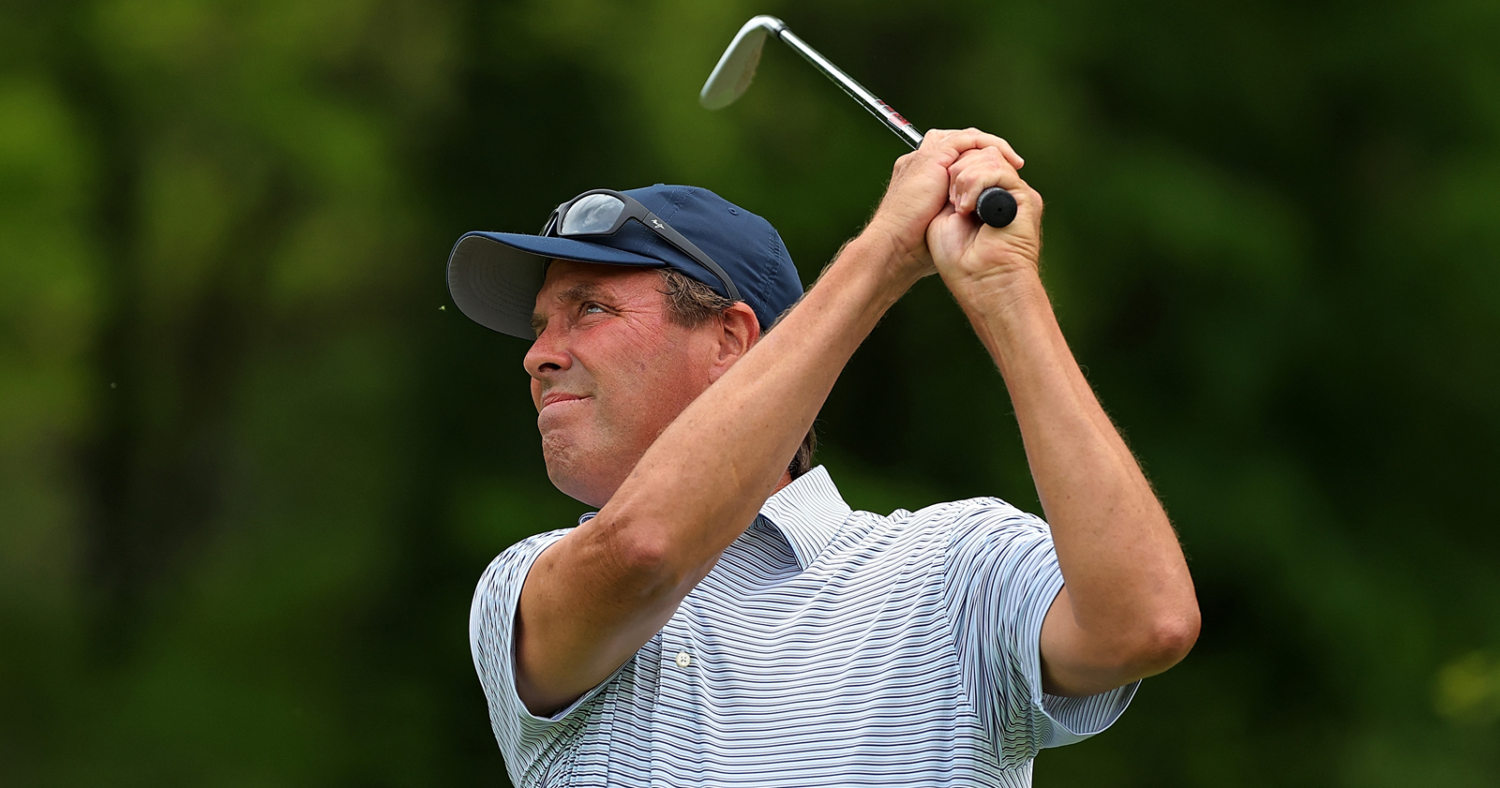Here’s what we cover:
My story originally appears on PGA.com on 5/28/22
We see it often: after taking a double bogey or going out in a few over, a Tour professional will suddenly find it within themselves to rebound in a big way. Most at that level have discovered the art of the bounce back. This is actually something measured in professional golf. Bounce Back (also known as Reverse Bounce Back) is a stat that measures how a golfer recovers after a bogey or worse to make birdie or better on the next hole.
Canadian Stephen Ames shot a 5-under 66 on Friday at the KitchenAid Senior PGA Championship, which was tied for the low round of the day. He bounced back after a double bogey on the par-3 4th by going 6 under for his final 10 holes. Ames is tied for the lead with Scott McCarron at 8 under par.
Every round is unique, and every round has its own flow. The difference between a great score, good score, and a poor score is how you manage the flow. Several factors come into play to own the flow of your round…some aspects are technical, others are strategic. There lies the mental rollercoaster that is golf.
The Technical
Even for the best golfers, each day presents something new. Professionals tend to have less things changing from day to day than we do, but things do indeed have slight differences from a technical standpoint. This is why pre-round warm up sessions are important. True, they are largely for getting loose and getting moving but they are also to see how the day will go from a ball striking standpoint.
The best of the best know their game, their swing, and what their tendencies are; both whether they are striping it or not. Especially when they are not. They know how to adjust and go with what they have that particular day. They also know how to adjust mid-round.
Learn your swing. Inside and out. Learn how to adapt when necessary and get yourself around the course when things start to get a little off. Your local PGA Coach can help with that.
The Mental
Simply put, you need to have the ability to adjust mentally while in the heat of the battle.
Regardless of if you are playing in a major championship, or a Saturday morning money game with the boys, it is well documented that this game is largely mental. In learning the art of the bounce back, you need let things go after a bad hole or stretch of holes.
I tell my students to “flush it” which basically means you made your mess so dispose of it and move on. Not an earth shattering, new age thought or concept, but it can really be that simple. You make your adjustment mentally after a bad hole and move on. That may include changing your expectations for the round from that point on and being OK with it. It could also mean digging deep and trying to see what you can do going forward, after that triple bogey.
We are all different with how we respond but allowing yourself to get freed up mentally and “Flush” what happened on that previous hole, or stretch of holes, is part of learning the art of the bounce back.


